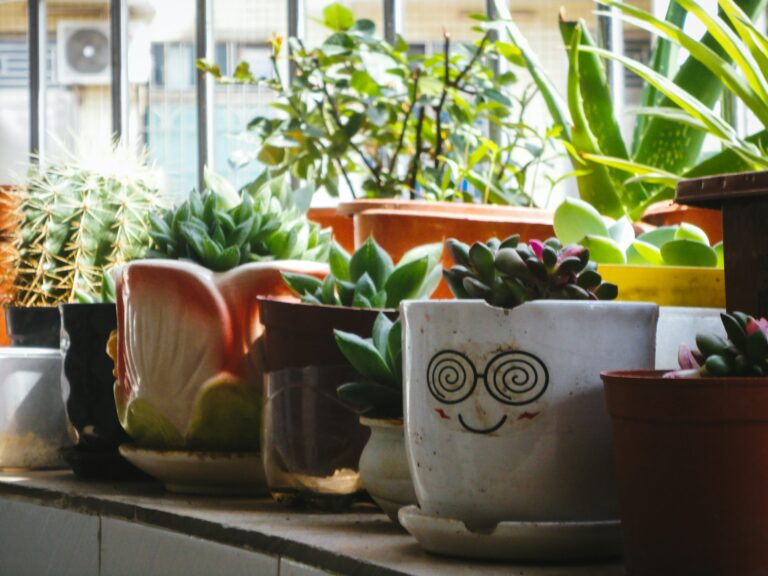Delicious Recipes Using Fresh Herbs from Your Garden to Elevate Everyday Meals
Fresh herbs from your garden can transform simple meals into flavorful dishes without much effort. Whether you have basil, cilantro, mint, or rosemary, using these herbs adds a burst of freshness that’s hard to beat. You can easily elevate salads, sauces, and even desserts with just a handful of fresh herbs picked right from your garden.
When you have a surplus of herbs, it’s tempting to let them go to waste, but there are plenty of creative ways to use them all. From vibrant green salads to compound butters and herb-infused drinks, fresh herbs brighten up a wide range of recipes. Exploring these ideas will help you enjoy your garden’s full bounty and avoid waste.
You don’t need complicated ingredients or techniques to bring out the best in your herbs. Simple recipes that highlight their natural flavors can make everyday cooking more enjoyable and delicious. Let’s dive into some easy and tasty ways to make the most of your fresh garden herbs.
Why Fresh Herbs Transform Recipes
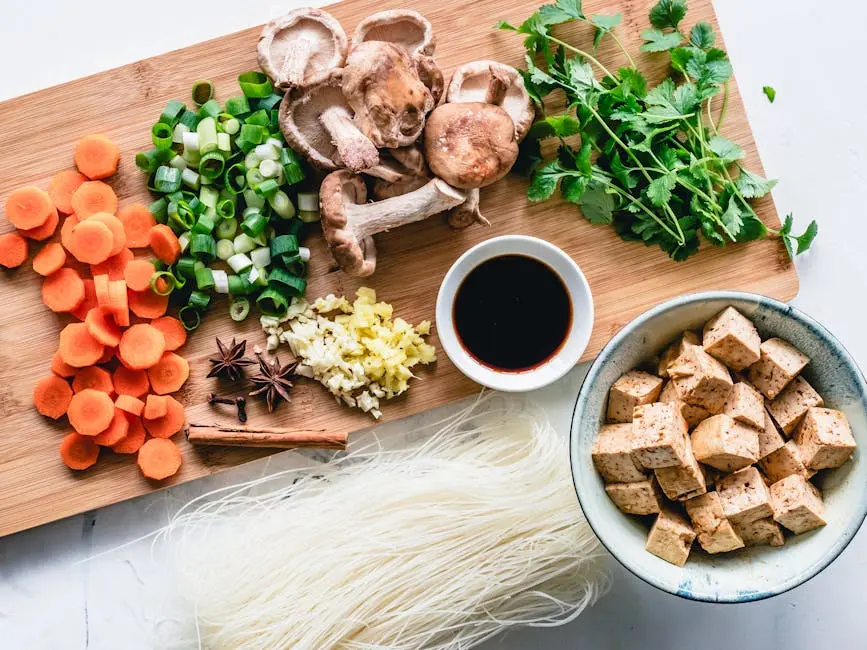
Using fresh herbs from your garden can change how your dishes taste, look, and even how healthy they are. They bring distinct flavors, add valuable nutrients, and knowing which ones to pick can elevate your cooking experience.
Flavor Benefits of Fresh Herbs
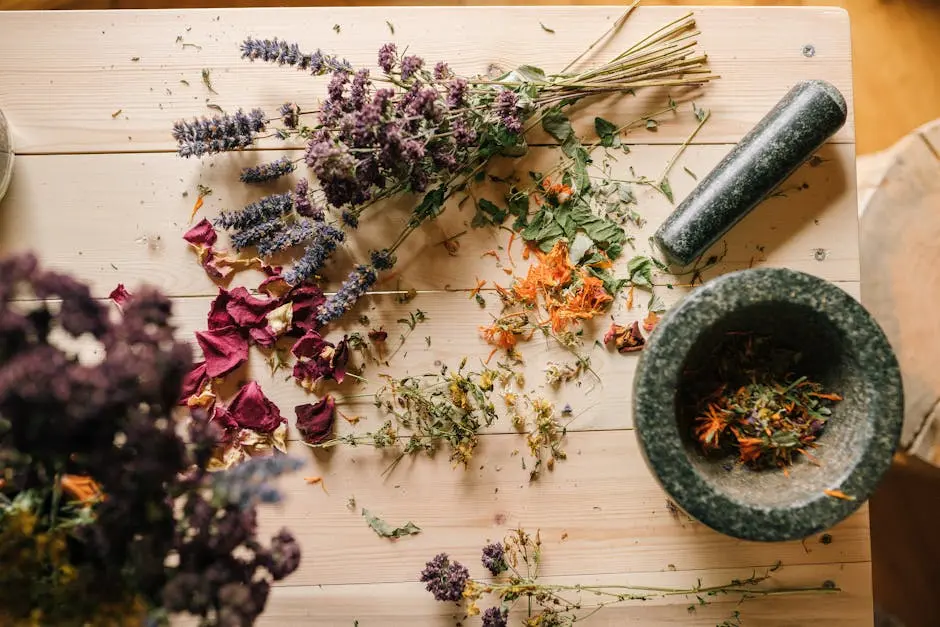
Fresh herbs offer vibrant, intense flavors that dried herbs often can’t match. When you add basil, cilantro, or mint, for example, you introduce brightness and freshness that can lift even simple dishes.
You can use herbs to balance tastes, such as adding parsley to cut richness or rosemary to enhance savory meals. Herbs like oregano and thyme provide earthy, aromatic notes, while mint and basil give a sweet, refreshing twist.
Because fresh herbs are mild, you can add them at different points while cooking or just before serving to keep their flavor sharp. This makes them versatile ingredients that enhance salads, soups, and sauces without overpowering.
Nutritional Value Added by Herbs
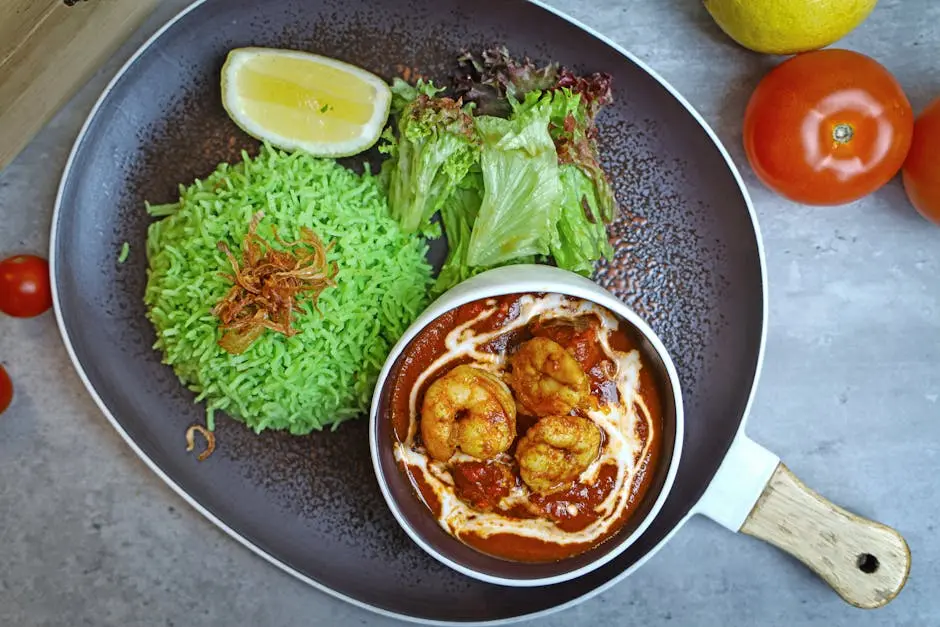
Fresh herbs contain antioxidants, vitamins, and minerals that boost your dish’s nutritional profile. For instance, parsley is rich in vitamin K, essential for bone health, and mint offers digestive benefits.
Eating enough fresh herbs, like a generous handful, can add meaningful amounts of nutrients alongside your meal. Plus, they allow you to reduce added salt, fat, or sugar while still keeping meals flavorful.
Adding fresh herbs regularly supports a diverse, nutrient-rich diet. Their micronutrients work as natural complements to the main ingredients, making your meals healthier without much effort.
Selecting the Best Garden Herbs
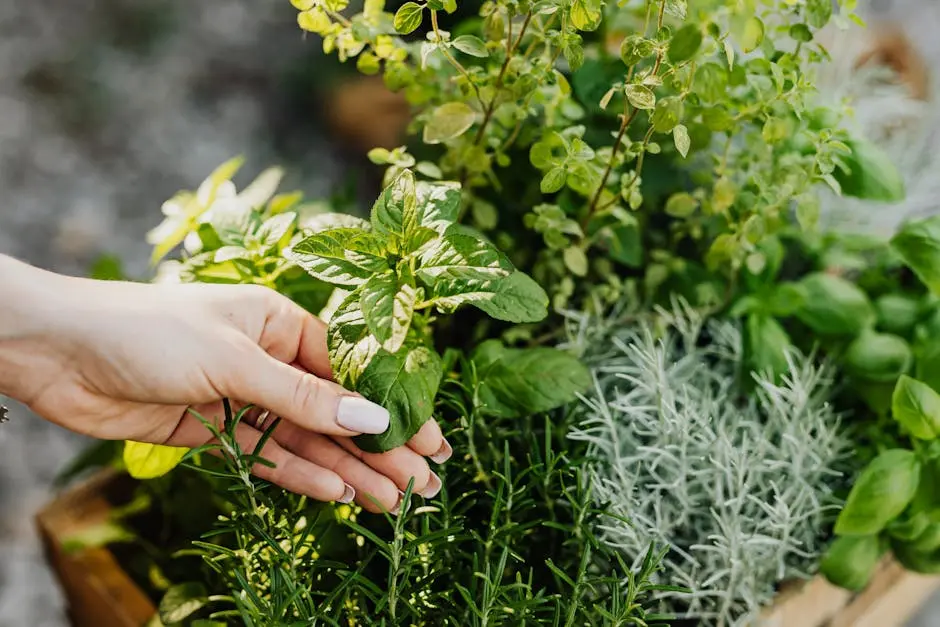
Choosing herbs to grow depends on your cooking style and climate. Basil is a favorite if you love Italian or Southeast Asian dishes, while cilantro suits Mexican and Indian flavors.
Look for herbs that thrive in your region and fit your kitchen needs—some prefer full sun, like rosemary, while others, like mint, can handle partial shade. Freshness is key, so harvest leaves in the morning for the best flavor and nutrient content.
To keep herbs fresh longer, snip stems as needed, store them like cut flowers in water, or wrap lightly in a damp towel. This way, your herbs stay ready to transform your recipes whenever you cook.
Essential Fresh Herbs to Grow for Cooking
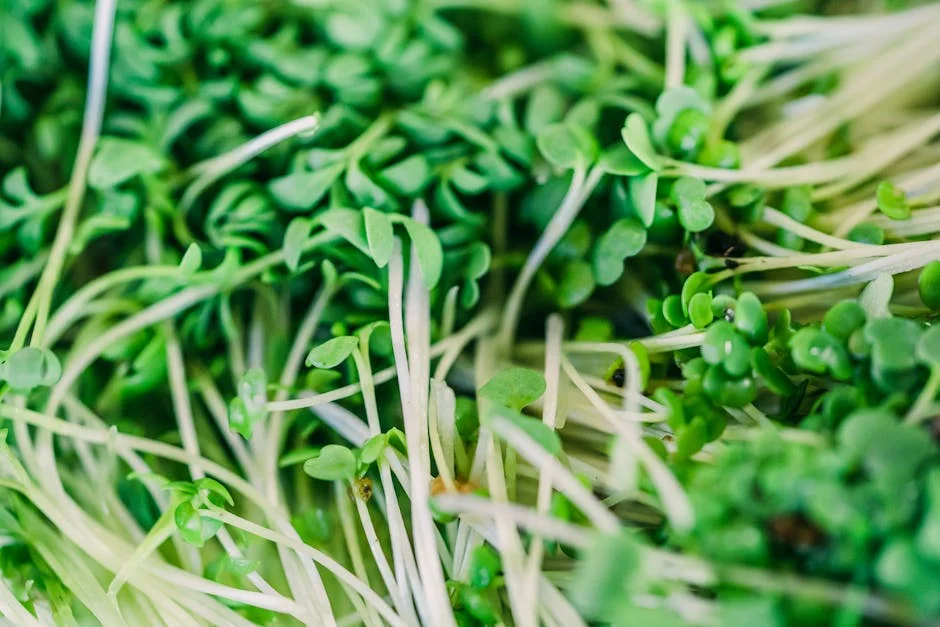
Growing your own fresh herbs will give your dishes vibrant flavors that dried herbs just can’t match. Certain herbs bring unique qualities like brightness, boldness, and aroma that can transform everyday meals with ease.
Basil: The Garden Staple
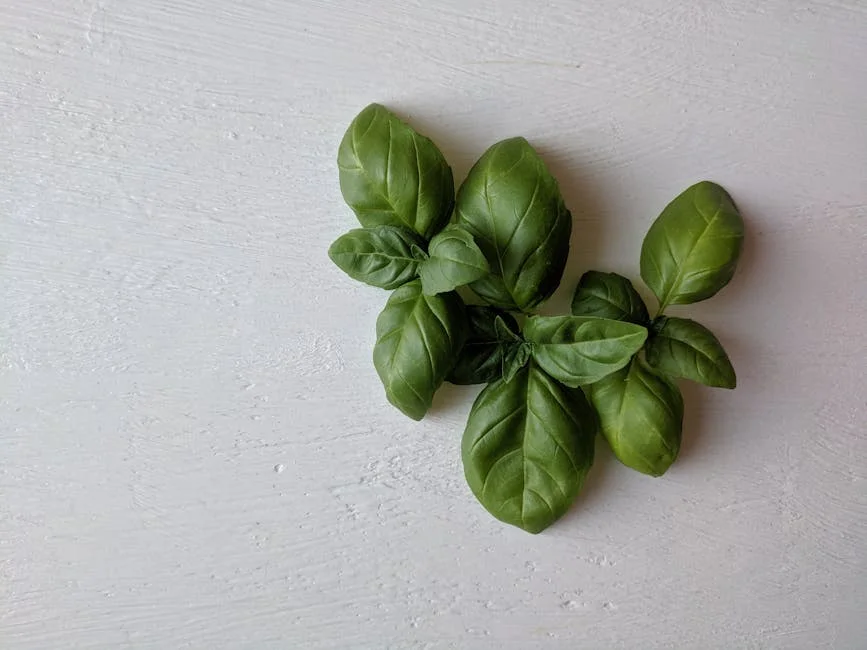
Basil is a must-have for any garden if you love bright, fresh flavors. It shines when added at the end of cooking, especially in tomato-based sauces, salads, and sandwiches. You can use it fresh or make pesto for a rich, herbal punch.
It grows quickly in warm weather and needs plenty of sunlight and regular watering. Pinching off the flowers helps the plant focus on growing more leaves.
Basil pairs well with garlic, tomatoes, and olive oil, making it a core flavor in many dishes. Fresh basil leaves wilt fast after picking, so add them just before serving to keep their vibrant taste.
Thyme: Versatile and Aromatic
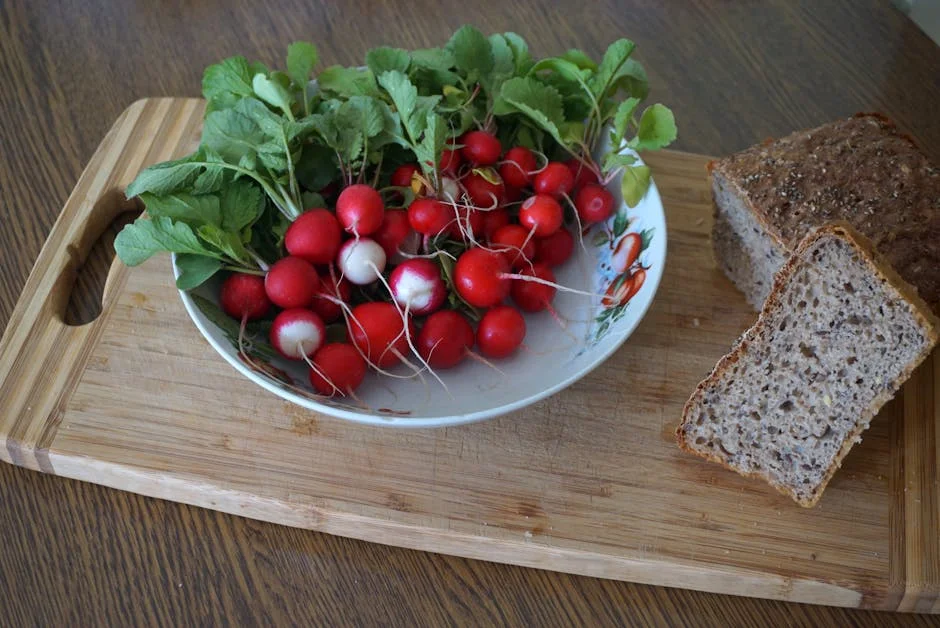
Thyme has a subtle earthy aroma that works well with meat, vegetables, and soups. You can add it early in cooking since its flavor deepens with heat.
It’s drought-tolerant and hardy, so once it establishes roots in your garden, it requires minimal care. Thyme thrives in well-draining soil and full sun.
You can use fresh thyme sprigs whole or chop the tiny leaves off the stem. Its slightly minty, peppery notes complement roasted chicken and root vegetables nicely.
Parsley: Bright and Fresh
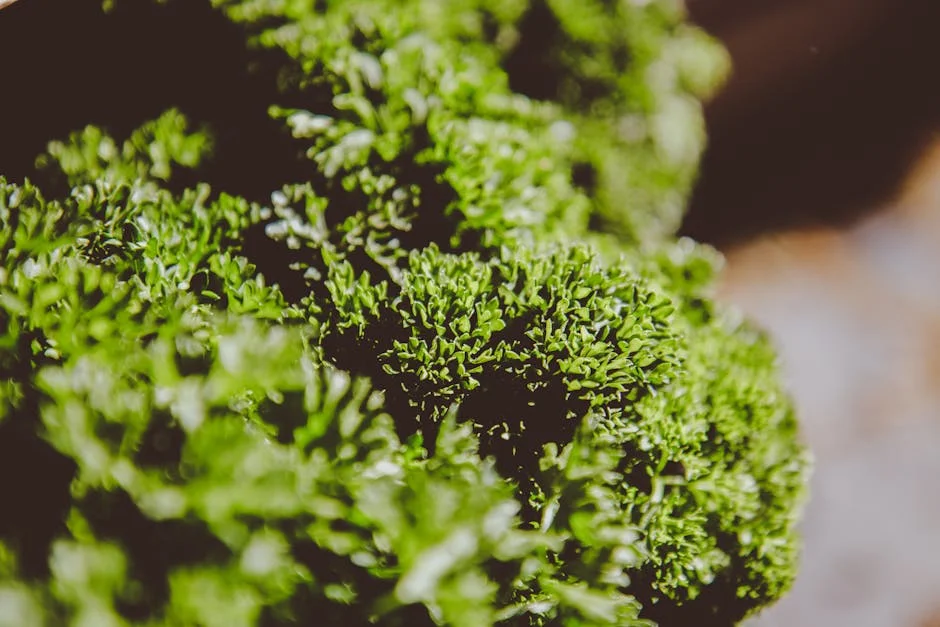
Parsley is often overlooked but adds a valuable citrusy brightness that lightens rich dishes. There are two common types: curly and flat-leaf (Italian). Flat-leaf has a more robust flavor, making it better for cooking.
It’s easy to grow in pots or garden beds, preferring partial shade with consistent moisture. You can harvest parsley leaves at any time, and they regrow quickly.
Parsley is excellent for finishing meals, garnishing, or blending into sauces like chimichurri. It also pairs well with lemon and garlic for fresh flavor boosts.
Rosemary: Bold and Fragrant
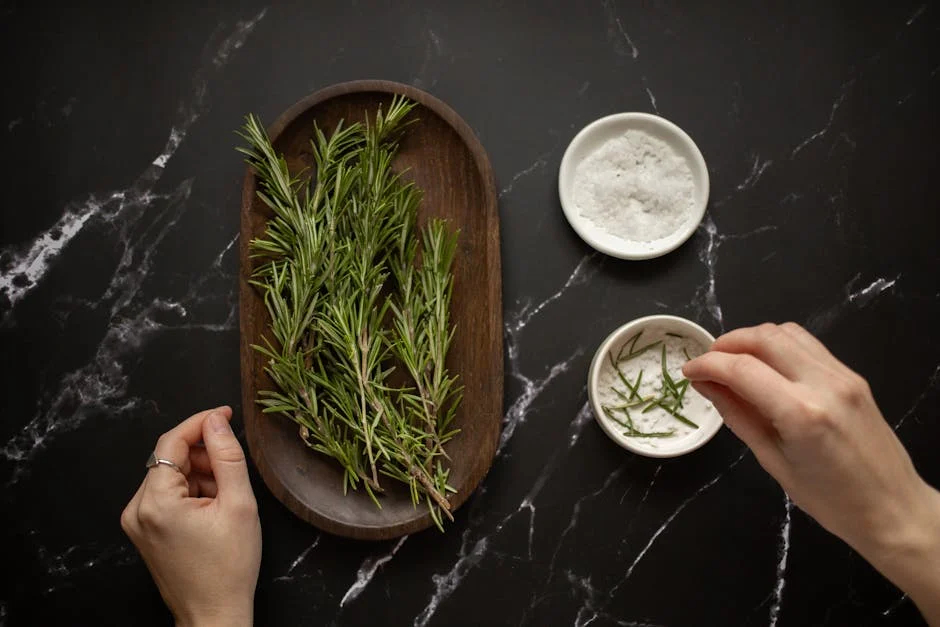
Rosemary brings a strong, pine-like aroma that holds up well to long cooking times. It’s perfect with lamb, roasted potatoes, and grilled vegetables.
This herb is a woody shrub that prefers dry soil and full sun. It is drought-resistant once established but benefits from annual trimming to keep it tidy.
Because rosemary leaves are tough, you typically use them whole and remove before serving or finely chop for seasoning. Its intense flavor means a little goes a long way in any recipe.
For more details on growing and cooking with herbs, check out suggested options for your garden at 10 versatile culinary herbs to include in your garden.
Tips for Harvesting and Storing Garden Herbs
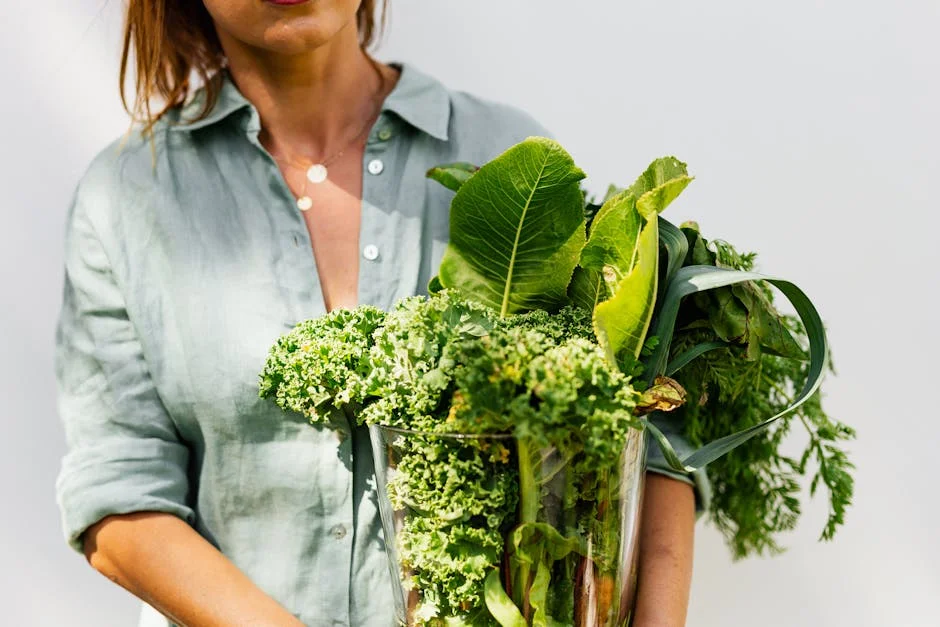
To get the most flavor from your garden herbs, timing and proper handling are key. How and when you pick, clean, and store them will affect freshness and taste in your recipes.
Best Times to Pick Fresh Herbs

Pick your herbs early in the morning, just after the dew has dried but before the sun gets hot. This timing helps preserve the essential oils that give herbs their aroma and flavor.
Focus on harvesting the outer, lower leaves first to encourage new growth. Avoid cutting more than one-third of the plant at a time to keep it healthy.
For stronger flavor, snip herbs right before they bloom. Waiting too long can make the leaves bitter, especially in plants like basil and parsley.
How to Store Herbs for Maximum Freshness
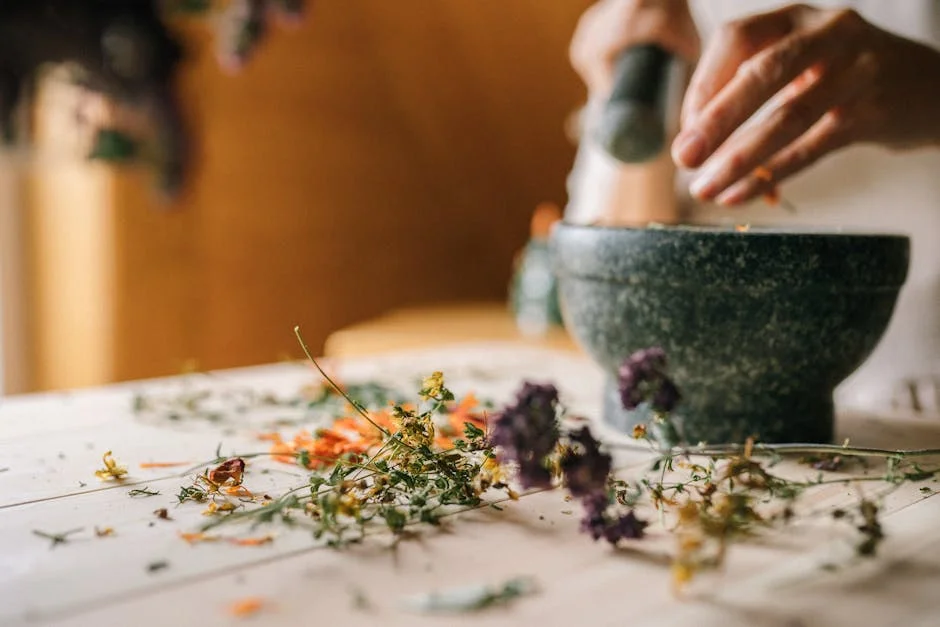
Store fresh herbs in a way that keeps moisture balanced to prevent wilting or mold. For soft herbs like parsley, cilantro, and mint, place the stems in a glass with water and cover loosely with a plastic bag. Keep them in the refrigerator.
Dried herbs last longer if you store them in tightly sealed glass jars, away from light and heat. A dark, cool spot like a cabinet or basement works well.
Avoid drying herbs in direct sunlight to maintain color and oils. Instead, hang most herbs upside down in a well-ventilated, shaded area.
Washing and Prepping for Recipes
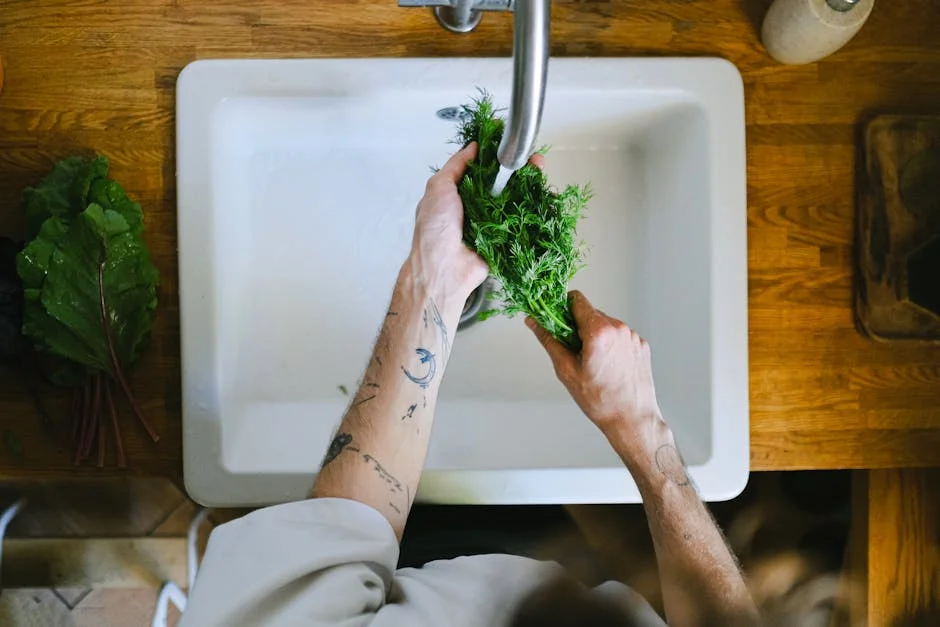
Rinse your herbs gently under cool running water to remove dirt and insects. Avoid soaking herbs as excess water can cause them to spoil faster.
Pat herbs dry with a clean towel or use a salad spinner to remove moisture efficiently. This step is especially important before chopping or adding herbs to dishes to maintain texture.
For leafy herbs like basil and mint, tear instead of cut to reduce bruising and browning. Hardier herbs like rosemary or thyme can be chopped finely.
Delicious Main Dishes Using Fresh Herbs

Fresh herbs can brighten your main dishes with vibrant flavors and aromas. You can easily transform simple proteins and vegetables into impressive meals by using herbs like rosemary, basil, parsley, and thyme. These herbs work well as crusts, sauces, or seasonings.
Herb-Crusted Chicken Recipes

Using fresh herbs as a crust for chicken adds a fragrant and flavorful touch. Combine chopped rosemary, thyme, parsley, and garlic with olive oil to create a herb paste. Rub it over chicken breasts or thighs before roasting or grilling.
The herbs create a crispy, aromatic layer that keeps the chicken juicy inside. You can also mix in breadcrumbs or grated Parmesan for extra texture. Bake the chicken at a high temperature for about 25-30 minutes until the crust is golden and the meat is cooked through.
Pasta with Garden Herb Pesto
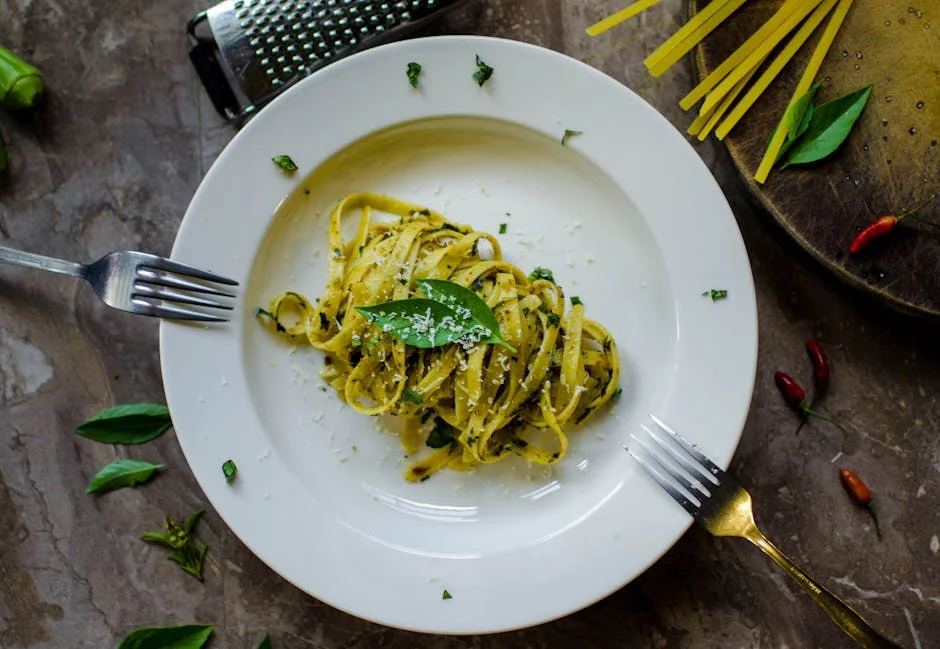
Pesto made from fresh garden herbs is a quick way to elevate your pasta dishes. Traditional basil pesto is popular, but you can experiment by adding parsley, mint, or cilantro for a unique flavor profile. Blend herbs with garlic, nuts (pine nuts or walnuts work well), Parmesan cheese, olive oil, salt, and pepper.
Toss this vibrant green sauce with your favorite pasta, like spaghetti or penne. You can also add sautéed vegetables, grilled chicken, or shrimp for a complete meal. Fresh herb pesto is great served warm or cold.
Savory Herb-Roasted Vegetables
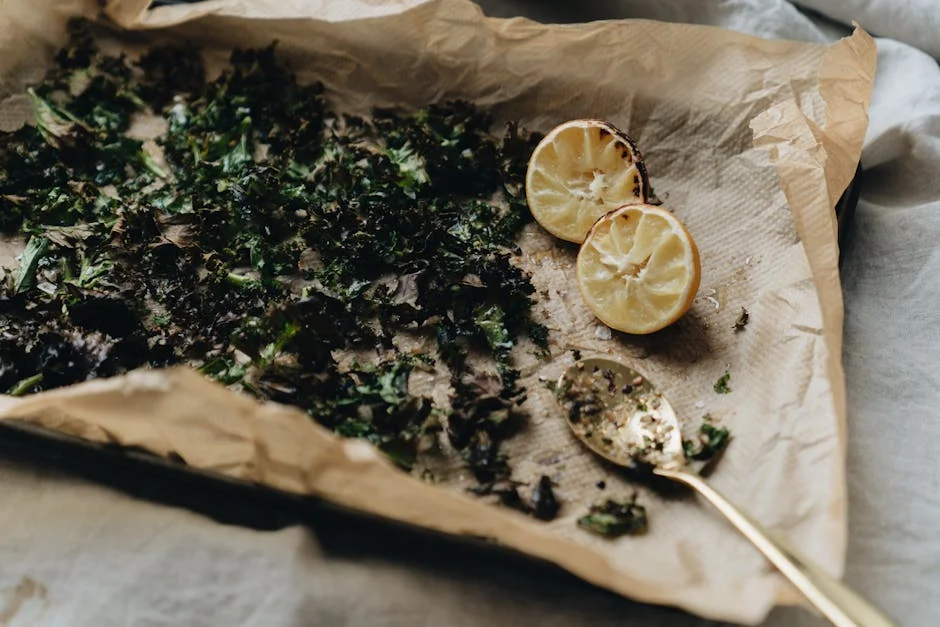
Roasting vegetables with fresh herbs enhances their natural sweetness and adds earthy notes. Toss cut vegetables such as carrots, potatoes, zucchini, and bell peppers with olive oil, minced garlic, salt, pepper, and a generous amount of fresh thyme, rosemary, or oregano.
Arrange them on a baking sheet in a single layer and roast at 400°F for 25-30 minutes, stirring once halfway through. You’ll get tender vegetables with crispy edges and infused herb flavors. This dish makes a colorful and healthy side or light main course.
Snacks, Sauces, and Sides Bursting with Herbs
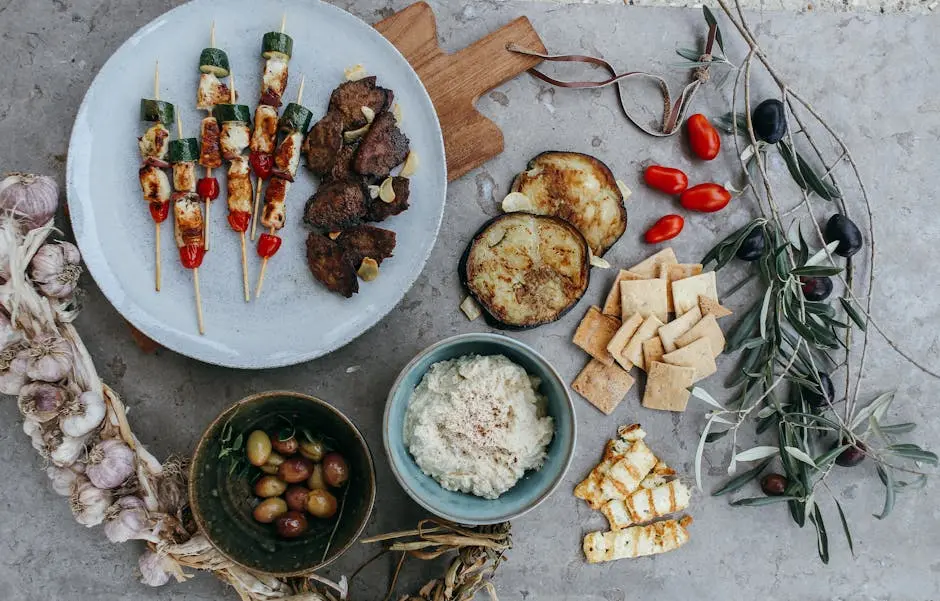
Using fresh herbs can transform everyday snacks and sides into vibrant dishes. You’ll find herbs add layers of flavor, freshness, and color to dips, dressings, and baked snacks. These simple additions can brighten your recipes and elevate your meals.
Homemade Herb-Infused Dips

Creating your own herb dips is easier than you might think. Start with a base like Greek yogurt, sour cream, or hummus. Then chop fresh herbs like dill, parsley, cilantro, or chives finely.
Mix in garlic or lemon juice to enhance brightness. Salt and pepper help balance flavors. For a creamy herb dip, combine sour cream with chopped tarragon and chives. For a zestier option, blend yogurt with cilantro and lime juice.
These dips pair perfectly with fresh vegetables, crackers, or pita chips. You can also experiment with fresh basil or mint in yogurt-based dips for a refreshing twist.
Fresh Herb Salad Dressings
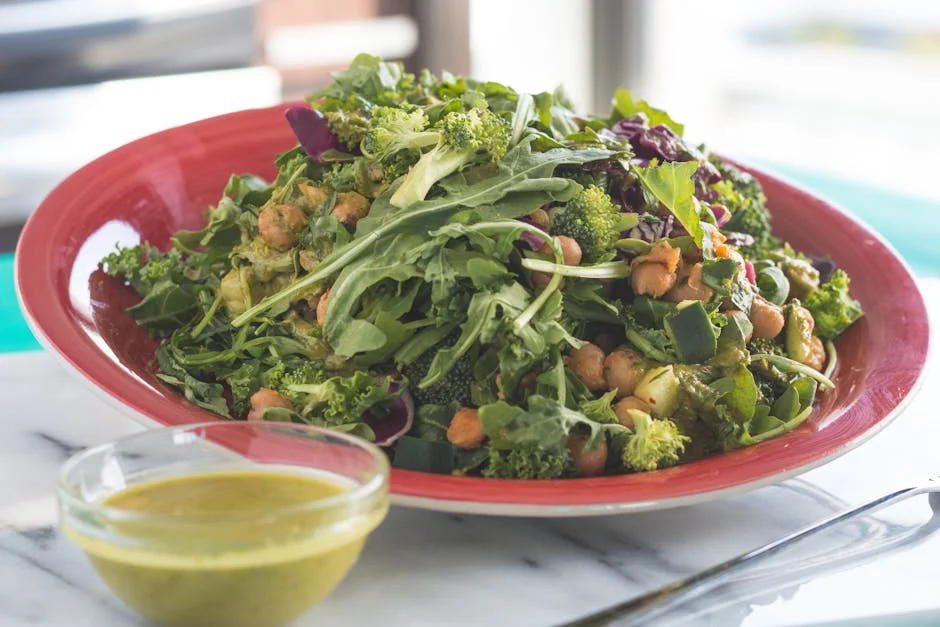
Homemade dressings with fresh herbs add a punch of flavor and freshness to salads. Combine olive oil, vinegar or lemon juice, and finely chopped herbs such as basil, oregano, or thyme.
Use a whisk or blender to emulsify the mixture for a smooth texture. Add Dijon mustard for extra tang or a touch of honey for balance. Salt and pepper complete the dressing.
Try mixing parsley and oregano with red wine vinegar for a classic dressing. Or blend basil and lemon juice with olive oil for a bright, aromatic option. Fresh herbs elevate even simple salads.
Crispy Herb Flatbreads

Herb-flatbreads are quick to make and ideal for snacks or side dishes. Use a simple dough base or a store-bought one for convenience. Sprinkle finely chopped rosemary, thyme, or oregano over rolled dough.
Drizzle with olive oil and sprinkle coarse salt before baking until golden and crispy. You can add garlic powder or cracked pepper for more flavor.
These flatbreads complement dips and salads or work as a crunchy snack on their own. Fresh herbs add a fragrant aroma and flavor that store-bought seasoning blends can’t match. For ideas and recipes with fresh herbs, see Delicious Recipes with Fresh Herbs from Your Stack & Sprout Garden.
Sweet Treats and Beverages Featuring Fresh Herbs
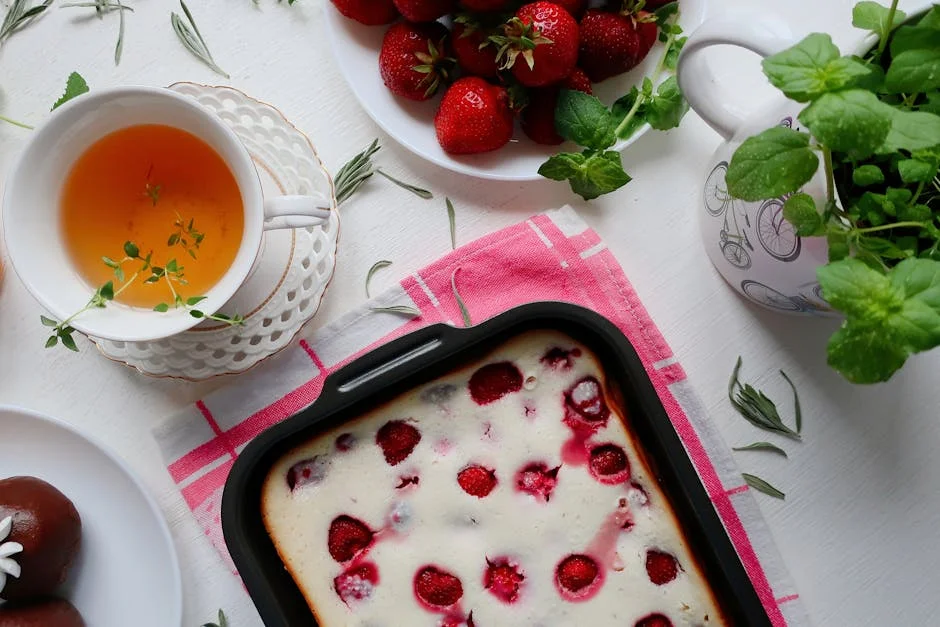
Fresh herbs can brighten up your drinks and desserts with unique, natural flavors. You can easily turn common beverages into refreshing delights or add an herby twist to sweets for an unexpected burst of taste.
Basil Lemonade and Mint Tea

Basil lemonade offers a sweet, slightly spicy flavor that pairs perfectly with the tang of fresh lemon. To make it, muddle fresh basil leaves and mix them with lemon juice, sugar, and water. Serve over ice for a refreshing summer drink.
Mint tea is another excellent choice, especially when you want a calming, aromatic beverage. Steep fresh mint leaves in hot water, then sweeten lightly with honey or a slice of lemon. It’s simple and soothing, great for any time of day.
Both drinks are easy to prepare and highlight the fresh, bright qualities of common garden herbs, making your beverage experience fresh and flavorful without much effort.
Herb-Infused Desserts

Herbs bring a fresh dimension to desserts like ice cream, cakes, and fruit salads. For example, mint can create a cool, refreshing ice cream flavor, while rosemary can enhance the aroma and depth of cookies or cakes.
You can also infuse simple syrups with herbs like thyme or lavender to drizzle over fresh fruit or cakes. This adds complexity without overpowering desserts. Experimenting with herb combinations helps customize flavors to suit your taste.
Using fresh herbs in desserts provides a natural, vibrant flavor that can elevate even the simplest sweet treats, making them more interesting and elegant.



